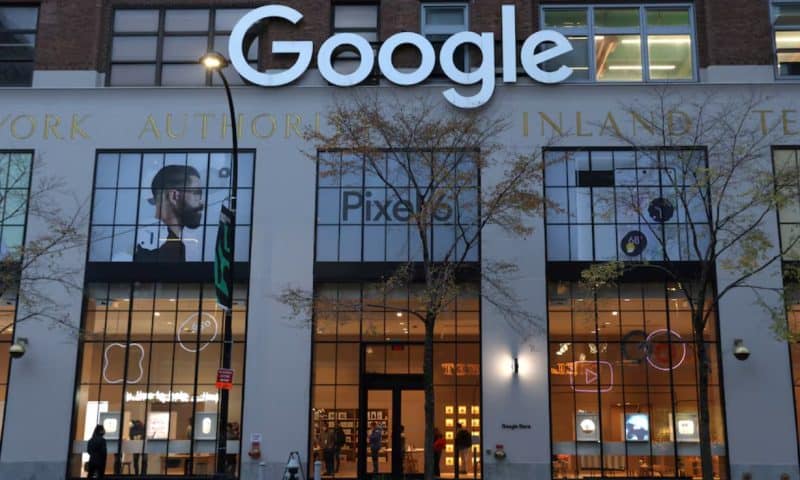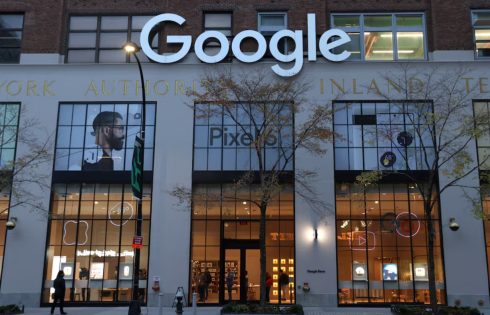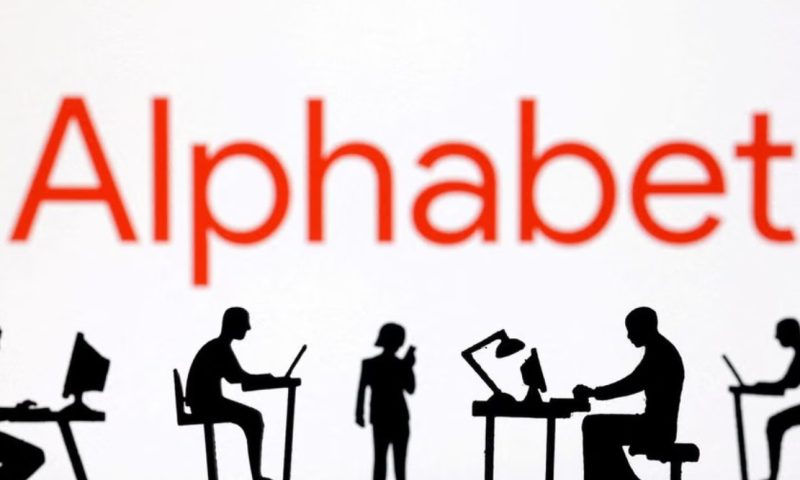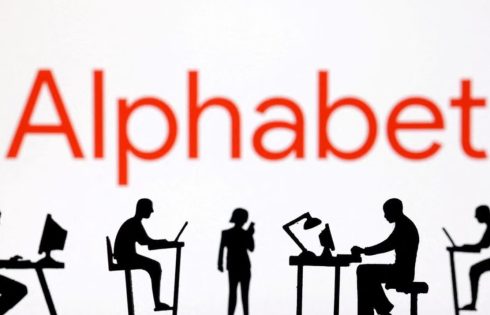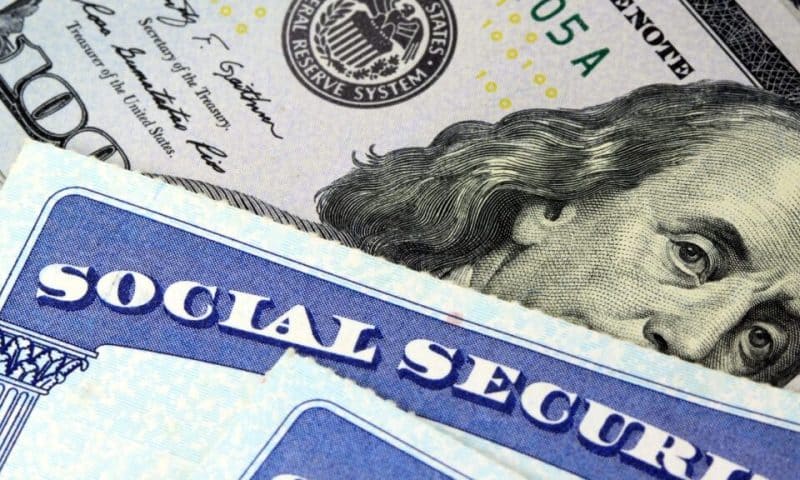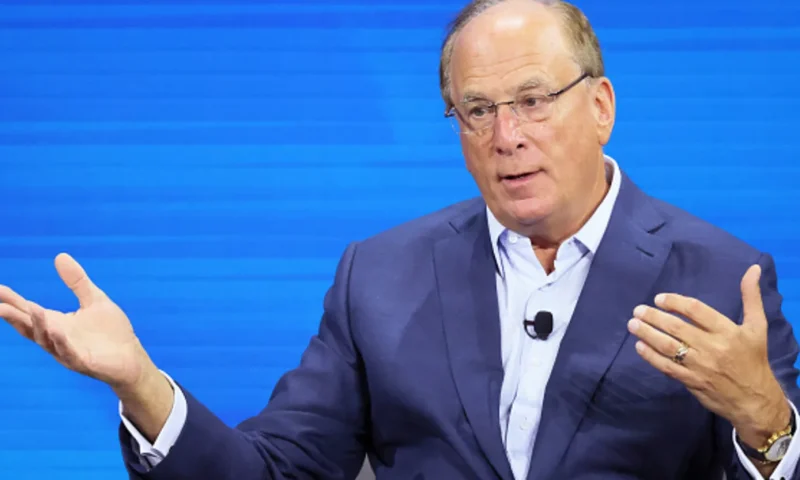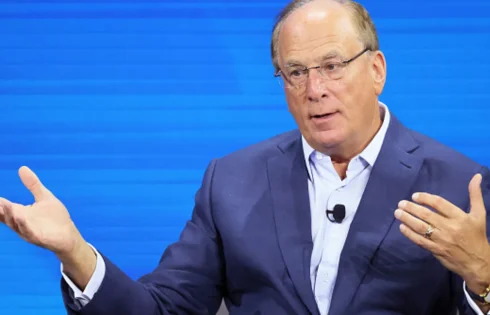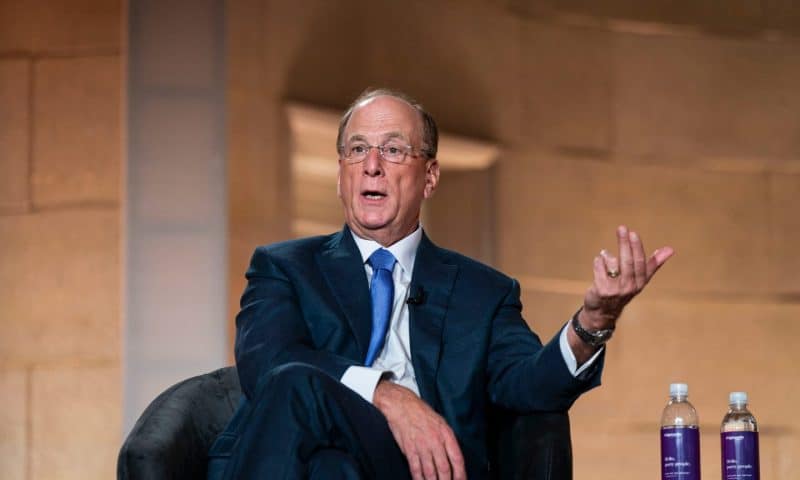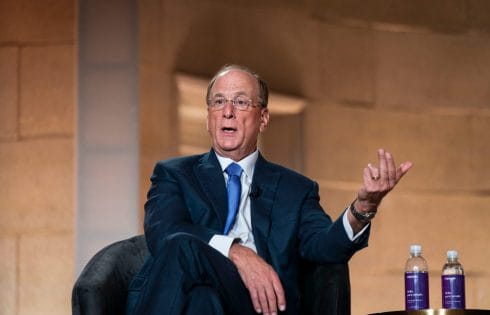The Social Security Cost-of-Living Adjustment (COLA) Forecast for 2026 Was Just Updated. It’s Bad News and Worse News for Retirees.

Social Security is generally the largest source of income in retirement, but many seniors think benefits have fallen behind inflation. The Motley Fool last year surveyed 2,000 retired workers, and the majority said the cost-of-living adjustments (COLAs) in 2024 and 2025 failed to keep up with rising prices.
Unfortunately, beneficiaries will likely receive an even smaller raise next year. The Senior Citizens League, a nonpartisan advocacy group, recently revised its 2026 COLA forecast down to 2.2%. Retired workers have not received a smaller pay increase since 2021. But there may be worse news in store for beneficiaries.
Here are the important details.
How Social Security’s cost-of-living adjustments are calculated
Retired workers on Social Security get annual cost-of-living adjustments (COLAs) designed to ensure benefit payments increase in lockstep with inflation. Those COLAs are based on a subset of the Consumer Price Index known as the CPI-W, which measures price changes based on the spending patterns of hourly workers.
The math is simple: The third-quarter CPI-W from the current year (July through September) is divided by the third-quarter CPI-W from the prior year, and the percent increase becomes the COLA in the following year. For example, the CPI-W increased 2.5% in the third quarter of 2024, so Social Security benefits received a 2.5% COLA in 2025.
Why the latest COLA forecast is bad news for retirees on Social Security
CPI-W inflation measured 2.7% in February, down from 3% in January. That led The Senior Citizens League (TSCL) to lower its 2026 COLA forecast from 2.3% to 2.2%. But that alone is not a problem because COLAs simply compensate beneficiaries for rising prices. Put differently, the size of the COLA is irrelevant so long as it matches inflation.
The issue lies in the fact that Social Security’s COLAs are based on CPI-W inflation. As mentioned, the CPI-W measures price changes based on the spending habits of hourly employees. But working adults are typically younger than retirees on Social Security, and young people spend money differently than seniors.
How Social Security’s cost-of-living adjustments are calculated
Retired workers on Social Security get annual cost-of-living adjustments (COLAs) designed to ensure benefit payments increase in lockstep with inflation. Those COLAs are based on a subset of the Consumer Price Index known as the CPI-W, which measures price changes based on the spending patterns of hourly workers.
The math is simple: The third-quarter CPI-W from the current year (July through September) is divided by the third-quarter CPI-W from the prior year, and the percent increase becomes the COLA in the following year. For example, the CPI-W increased 2.5% in the third quarter of 2024, so Social Security benefits received a 2.5% COLA in 2025.
Why the latest COLA forecast is bad news for retirees on Social Security
CPI-W inflation measured 2.7% in February, down from 3% in January. That led The Senior Citizens League (TSCL) to lower its 2026 COLA forecast from 2.3% to 2.2%. But that alone is not a problem because COLAs simply compensate beneficiaries for rising prices. Put differently, the size of the COLA is irrelevant so long as it matches inflation.
The issue lies in the fact that Social Security’s COLAs are based on CPI-W inflation. As mentioned, the CPI-W measures price changes based on the spending habits of hourly employees. But working adults are typically younger than retirees on Social Security, and young people spend money differently than seniors.


